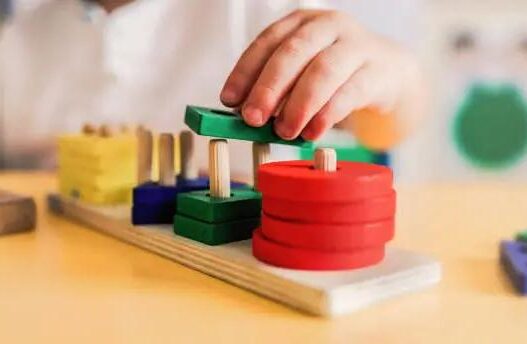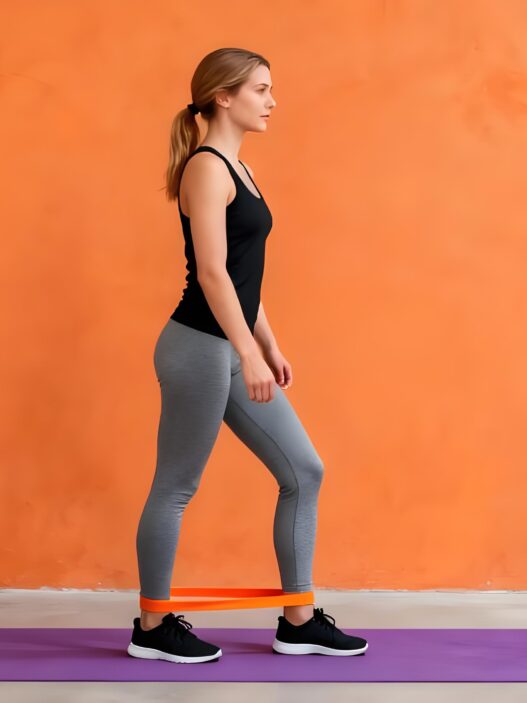For some, losing weight sounds easy in theory—but turns into a frustrating journey in practice. You work hard, eat right, stay active, but the scale doesn’t budge. It’s not always about willpower. One surprising culprit could be a vitamin D deficiency.
How Is Vitamin D Connected to Weight Gain?
Vitamin D is a crucial nutrient—not just for regulating calcium and phosphorus or supporting strong bones, but also for its role in obesity, type 2 diabetes, cardiovascular issues, and even cancer. Studies consistently show that people with higher body fat percentages often have lower levels of vitamin D.
But how exactly does this deficiency interfere with weight management?
It Slows Down Fat Breakdown
Vitamin D is a fat-soluble nutrient. That means it can directly influence how your body stores and breaks down fat cells. When vitamin D is lacking, fat metabolism becomes less efficient. This leads to increased fat accumulation and, ultimately, weight gain.
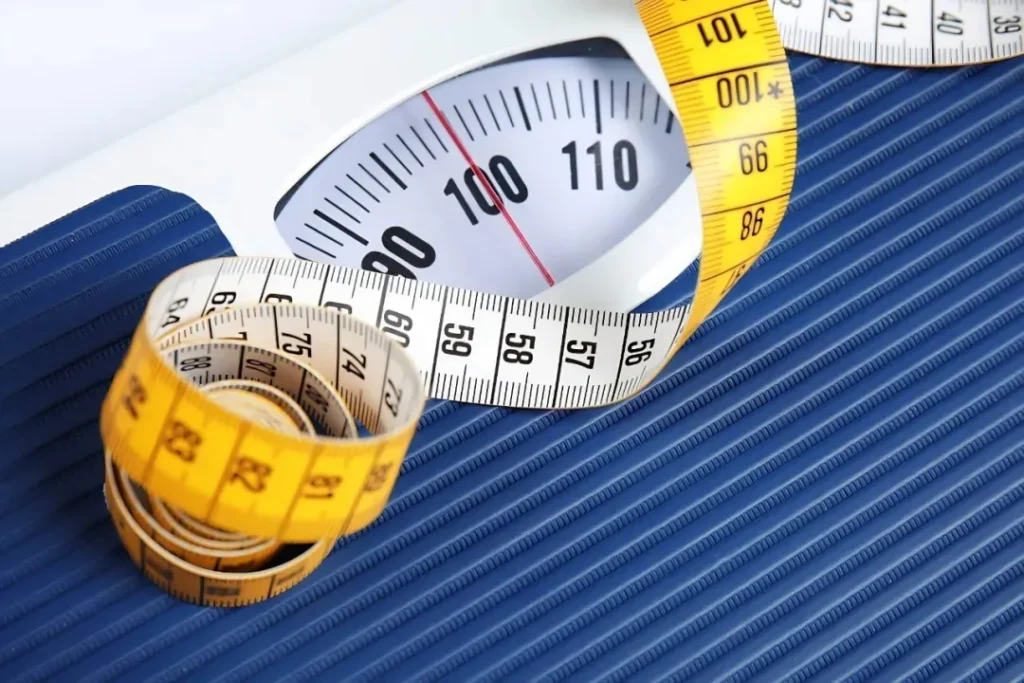
It Affects Hormonal Balance
Low vitamin D levels can disrupt the body’s production of adrenaline—a hormone essential for converting fat into energy. Without adequate adrenaline, your body becomes less efficient at burning fat for fuel.
Additionally, vitamin D deficiency is linked to reduced insulin production and increased insulin resistance. This creates problems in how your body processes sugar and fat, raising the risk of obesity and type 2 diabetes.
It Impairs Appetite Regulation
Vitamin D also plays a part in producing leptin, a hormone made by fat cells that signals fullness to the brain. When you have enough leptin, you naturally eat less. But if your vitamin D levels are low, leptin production drops—making you feel hungrier more often and increasing your calorie intake without you realizing it.
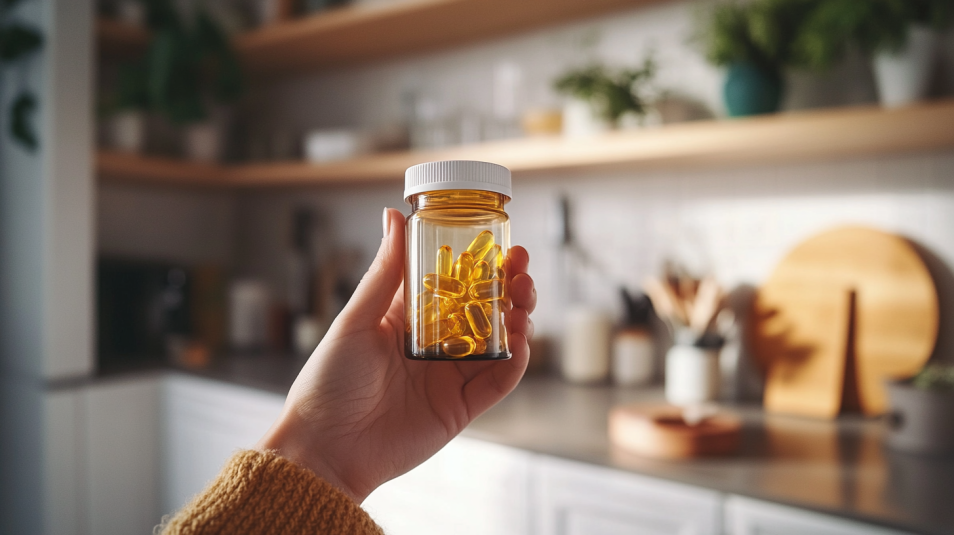
Who’s at Risk of Vitamin D Deficiency?
Even people who eat well and exercise regularly can have low vitamin D levels. Here are the groups most at risk:
- People who stay indoors most of the day, such as office workers, night-shift employees, and those with little outdoor activity, have limited sun exposure—your body’s main source of vitamin D.
- Those living in regions with little sunlight, especially in high-latitude, rainy, or cloudy areas, are more likely to be deficient—especially in winter.
- Individuals with darker skin produce less vitamin D when exposed to sunlight because melanin acts as a natural UV filter.
- Older adults and pregnant or breastfeeding women may need more vitamin D than average. With age, the skin produces less vitamin D, and pregnancy increases nutritional needs.

- People with chronic or metabolic conditions—like diabetes, liver or kidney disorders, or malabsorption syndromes—often struggle to absorb or process vitamin D efficiently.
- Those taking certain medications, including anti-seizure drugs (like phenobarbital), corticosteroids (like prednisone), antifungal medications, tuberculosis treatments, or cholesterol-lowering drugs like cholestyramine, can experience vitamin D depletion.
What Happens When You Don’t Get Enough?
Mild deficiency might show no signs at all. But if your levels drop too low, you may feel unusually tired, experience muscle weakness, or suffer from bone or joint pain.
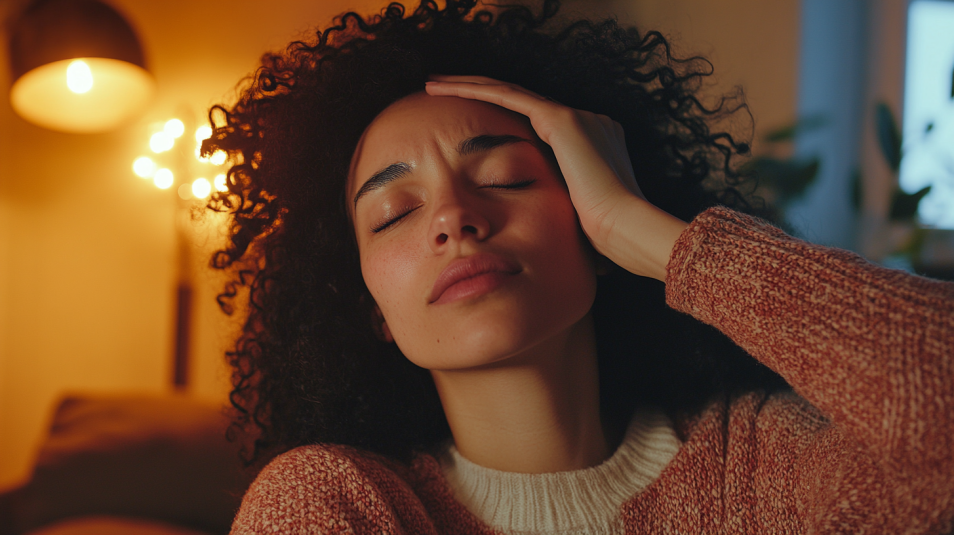
The most accurate way to determine your vitamin D status is a blood test for 25-hydroxyvitamin D.
- Levels below 30 nmol/L (12 ng/mL) = Deficiency
- Between 30–50 nmol/L (12–20 ng/mL) = Insufficient
- Above 50 nmol/L (20 ng/mL) = Sufficient
How to Increase Your Vitamin D Levels
Fixing a vitamin D deficiency doesn’t require extreme changes—just smart, consistent actions. Here’s what you can do:
1. Get More Sunlight
Around 80% of your vitamin D comes from sun exposure. When UV rays hit your skin, they trigger the conversion of 7-dehydrocholesterol into vitamin D. Aim for 15–30 minutes of sun a day, depending on your skin tone and climate. Direct exposure (without sunscreen) on the face, arms, and legs is ideal—but don’t overdo it.
2. Eat Foods Rich in Vitamin D
Vitamin D naturally occurs in foods like:
- Egg yolks
- Fatty fish (sardines, salmon, mackerel, herring)
- Liver
- Fortified milk or cereal
- Mushrooms (especially UV-exposed varieties)

If you’re struggling to get enough through food alone, vitamin D-fortified products can help.
3. Take Supplements (Only If Needed)
If you’re in a high-risk group or blood tests show you’re deficient, supplements might be necessary. But vitamin D is fat-soluble, which means it can build up in the body. Overdoing it can lead to toxicity. Never self-medicate—always consult your doctor or a qualified dietitian for the proper dosage.
Final Thoughts
If you’ve been hitting a weight loss wall, it may not be your fault. A lack of vitamin D could be undermining your efforts from the inside. With the right balance of sunlight, food, and (if needed) supplements, you can restore healthy levels—and possibly jump-start your metabolism again.
So before you switch diets for the tenth time or ramp up your workouts, get your vitamin D checked. Your body may just be missing a crucial key to unlock real fat-burning results.
















